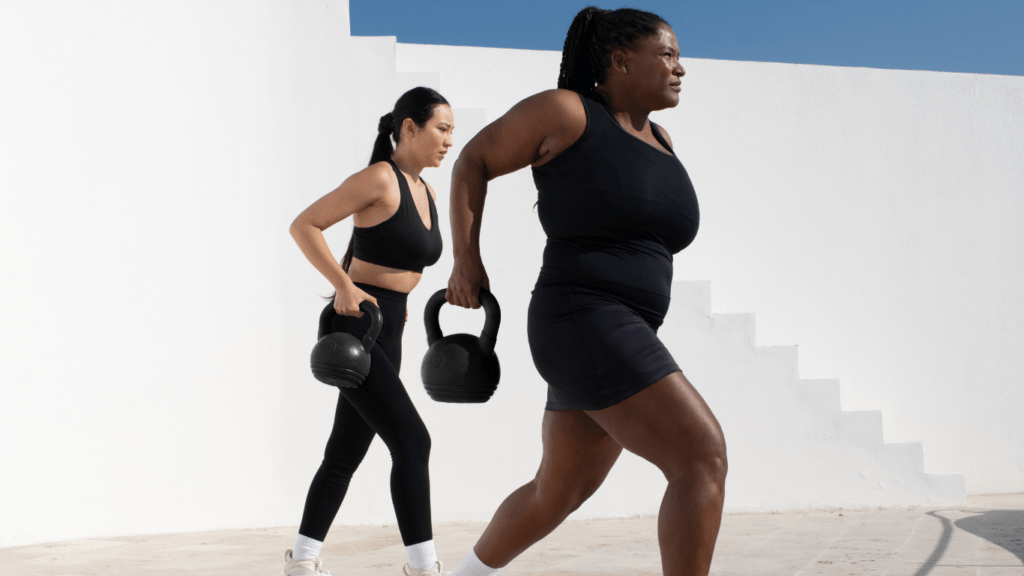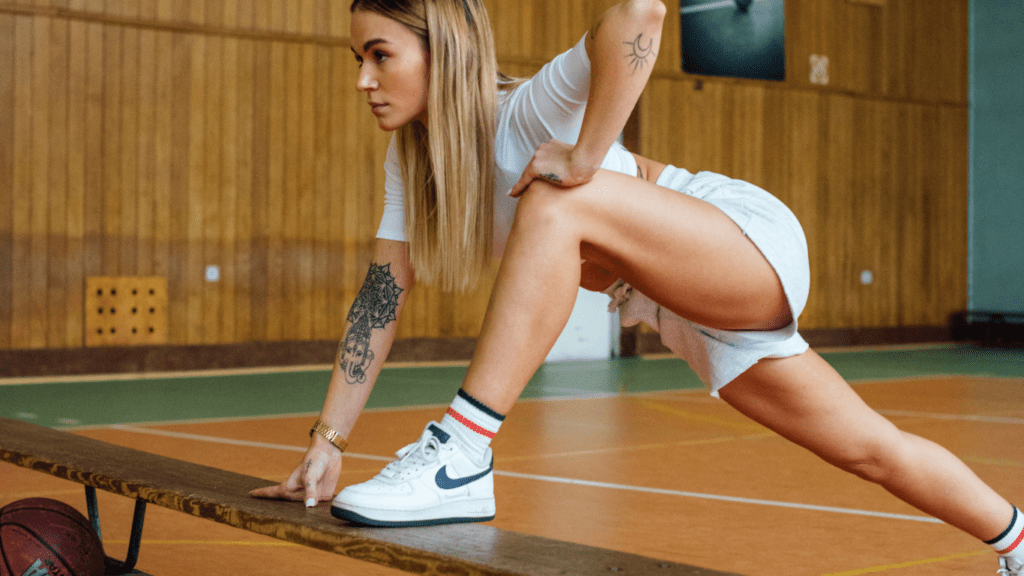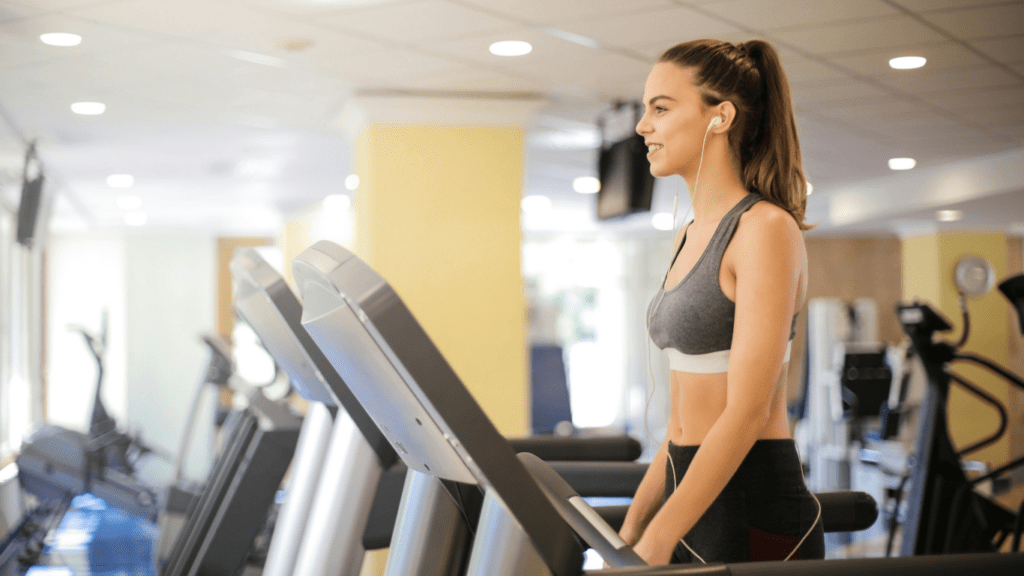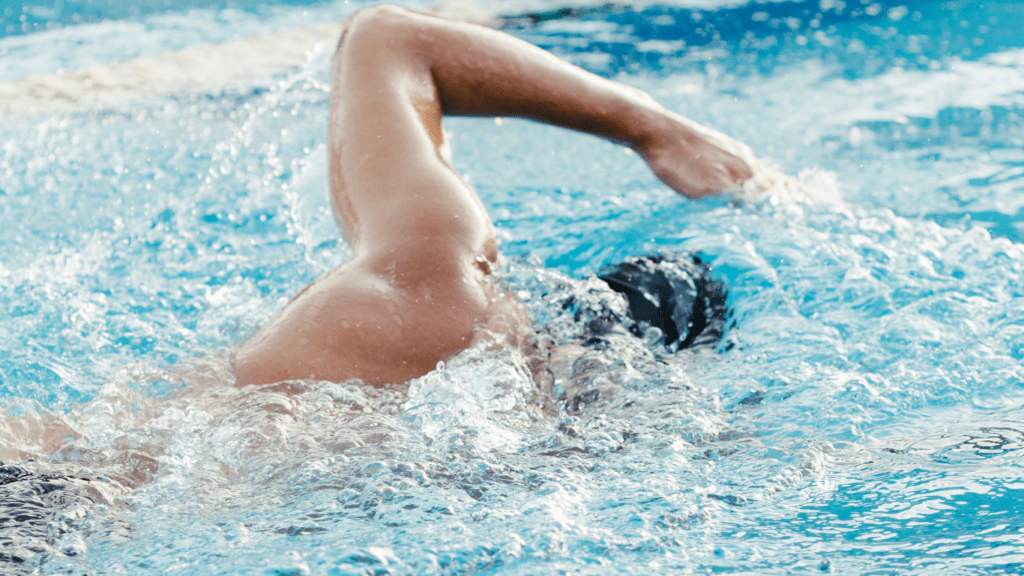In today’s fast-paced world, finding time for the gym can feel like a challenge, especially for athletes juggling training and competition. But what if I told you that you don’t need fancy equipment or a gym membership to elevate your performance? Bodyweight training offers a versatile and effective solution that can be done anywhere, anytime.
I’ve discovered that mastering bodyweight exercises not only builds strength and endurance but also enhances flexibility and balance. Whether you’re a seasoned athlete or just starting out, these workouts can be tailored to fit your needs.
So let’s dive into the world of bodyweight training and unlock your athletic potential without the constraints of a traditional gym setting.
Overview of Bodyweight Training
Bodyweight training involves performing exercises using one’s own weight as resistance. This method builds strength, endurance, and flexibility without the need for gym equipment. I find it highly effective for athletes, offering increased body control and improved performance.
Examples of bodyweight exercises include push-ups, squats, lunges, and planks. Each exercise targets different muscle groups, enhancing overall athleticism. By incorporating a variety of movements, athletes can create comprehensive workout routines that develop all aspects of fitness.
Benefits of Bodyweight Training for Athletes
Bodyweight training offers numerous advantages for athletes, contributing to their overall performance and fitness. It not only strengthens muscles but also enhances flexibility, mobility, and functional movement.
Improved Strength and Endurance
Bodyweight training effectively builds overall strength and endurance without the need for equipment. Engaging multiple muscle groups simultaneously fortifies the core and stabilizes joints.
For example, performing push-ups targets the chest, shoulders, and triceps while engaging the abdomen. Squats empower the legs and glutes, enhancing power for various sports activities.
Athletes can progressively increase repetitions or modify exercises to maintain challenge and promote continuous improvement.
Enhanced Flexibility and Mobility
Bodyweight exercises foster greater flexibility and mobility, crucial for athletic performance. Movements like lunges and dynamic stretches improve range of motion in key joints. Enhanced flexibility reduces injury risk during intense training and competitions.
Mobility drills integrate stability work, benefiting athletes in activities requiring quick changes in direction. By incorporating bodyweight exercises, athletes promote better biomechanics, aligning movement patterns that support their sport-specific skills.
Key Techniques in Bodyweight Training
Mastering key techniques in bodyweight training enhances an athlete’s performance and overall fitness. Below are essential exercises and their variations.
Push-Ups: Variations and Benefits
Push-ups offer numerous variations that target different muscle groups and enhance strength. Common variations include:
- Standard push-ups: Target the chest, shoulders, and triceps.
- Incline push-ups: Place hands on an elevated surface to reduce difficulty, ideal for beginners.
- Decline push-ups: Elevate feet to increase intensity, focusing on the upper chest and shoulders.
- Diamond push-ups: Bring hands closer together to target the triceps more effectively.
- Archer push-ups: Shift weight sideways during the descent, promoting unilateral strength and stability.
Benefits of push-ups include improved upper body strength, core stability, and joint function. Regular practice aids in enhancing functional strength, crucial for various athletic activities.
Squats: Techniques for Maximum Impact
Squats form a fundamental part of bodyweight training, promoting lower body strength and functional mobility. Techniques to maximize their effectiveness include:
- Bodyweight squats: Maintain proper form by keeping feet shoulder-width apart and chest up.
- Wide stance squats: Target inner thigh muscles, increasing flexibility and stability.
- Jump squats: Incorporate explosive movement to enhance power and cardiovascular fitness.
- Pistol squats: Perform a single-leg squat for increased difficulty and balance.
Using proper technique during squats minimizes injury risk while improving strength and endurance. Squats enhance athletic performance, contributing to overall agility and balance in sports activities.
Creating a Bodyweight Training Program
Creating an effective bodyweight training program involves considering the specific needs of the athlete and the demands of their sport. I focus on structured workouts that yield results for performance enhancement and injury prevention.
Structuring Workouts for Different Sports
Structuring workouts for various sports requires an understanding of their unique physical demands. I consider the following elements:
- Endurance Training: For sports like soccer or long-distance running, I incorporate circuit-style workouts. Example exercises include high-rep push-ups, squats, and burpees that elevate heart rates and build stamina.
- Strength Training: In strength-driven sports like wrestling or football, I emphasize explosive movements. Plyometric variations, such as jump squats and clap push-ups, enhance power while targeting major muscle groups.
- Agility and Flexibility: Sports that demand quick changes in direction, like basketball, benefit from agility drills. I include lateral lunges and inchworms to improve coordination and flexibility.
- Core Stability: Every sport requires a strong core. Plank variations, side planks, and mountain climbers help athletes stabilize their movements and prevent injuries.
Tailoring workouts to the specific requirements of each sport maximizes performance and reduces the risk of injury.
Progression and Adaptation Strategies
Progression in bodyweight training ensures continuous improvement. I implement several strategies to keep athletes challenged:
- Increasing Repetitions: Gradually upping the number of repetitions in exercises like push-ups or squats builds strength and endurance.
- Adding Variations: Introducing advanced variations adds difficulty. For example, transitioning from regular push-ups to archer or one-arm push-ups significantly increases challenge levels.
- Adjusting Tempo: Slowing down the tempo during exercises can enhance time under tension, promoting muscle growth. I often advise athletes to control their movements, especially on the eccentric phase.
- Incorporating Stability Challenges: Using unstable surfaces can increase engagement in exercises. Performing push-ups with feet elevated or on a stability ball enhances core activation.
These progression and adaptation methods not only sustain interest but also ensure consistent gains in strength, flexibility, and overall athletic performance.
Common Myths About Bodyweight Training
Many misconceptions surround bodyweight training that can deter athletes from embracing it.
- Bodyweight training isn’t effective: Strength gains from bodyweight training rival those from traditional weightlifting. Studies show bodyweight exercises improve strength, endurance, and mobility.
- It’s only for beginners: Advanced athletes can benefit greatly from bodyweight training. Variations and progressions exist to challenge experienced athletes, ensuring continual adaptation and growth.
- You can’t build muscle without weights: High-intensity bodyweight workouts induce muscle hypertrophy and can increase muscle size. Exercises like pull-ups and single-leg squats recruit numerous muscle fibers, leading to hypertrophy.
- Bodyweight training lacks variety: The potential for exercise variety in bodyweight training is vast. I can incorporate movements like plyometrics, calisthenics, and isometric holds to keep workouts fresh and engaging.
- It doesn’t improve athletic performance: Bodyweight exercises enhance functional strength crucial for sports performance. Movements such as push-ups and lunges directly correlate to improved athleticism, agility, and overall efficiency in activities.
- Requires extensive space: Minimal space suffices for bodyweight workouts. I can perform exercises in small areas, making it possible to train anywhere, from my living room to an outdoor park.
Addressing these myths reveals the full potential of bodyweight training as a formidable tool for athletes at any level.




